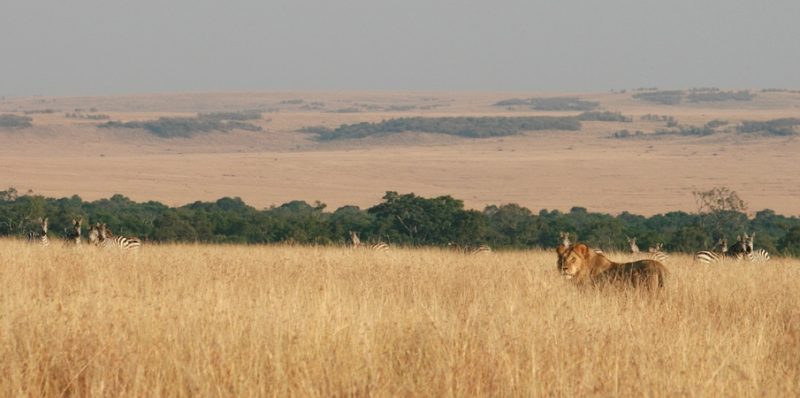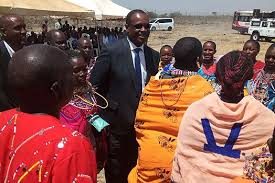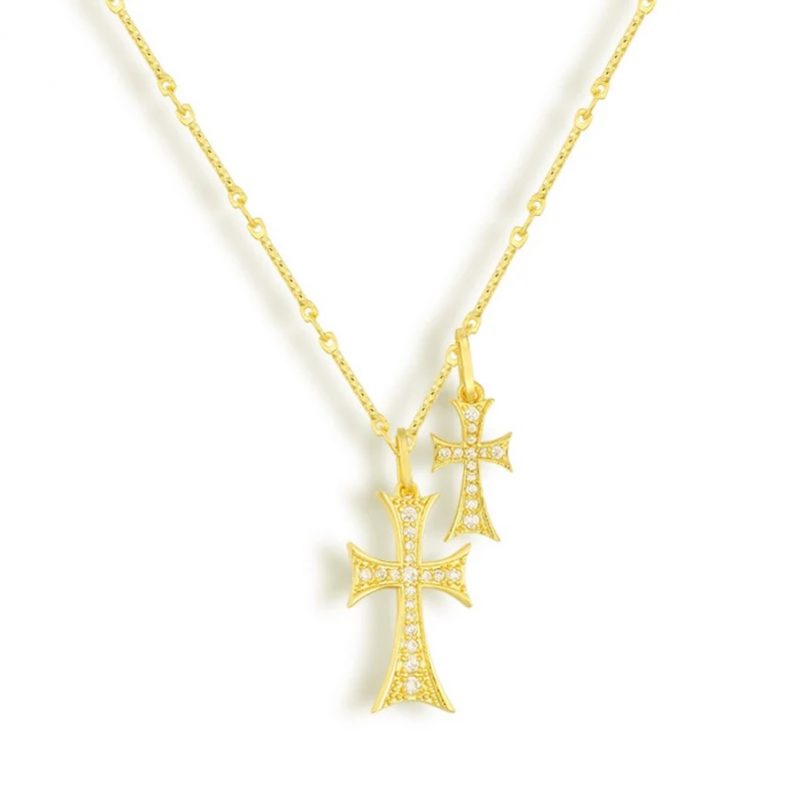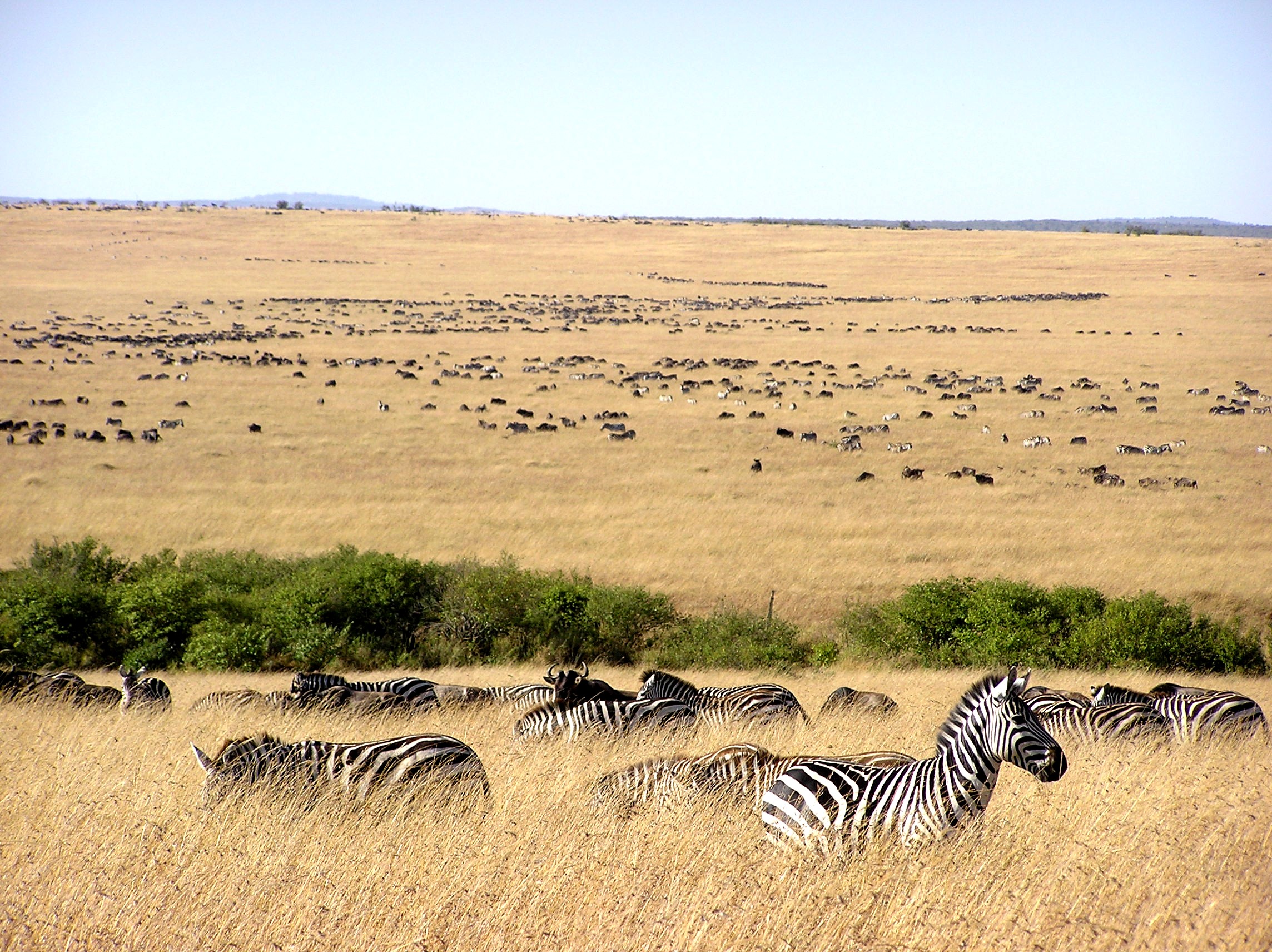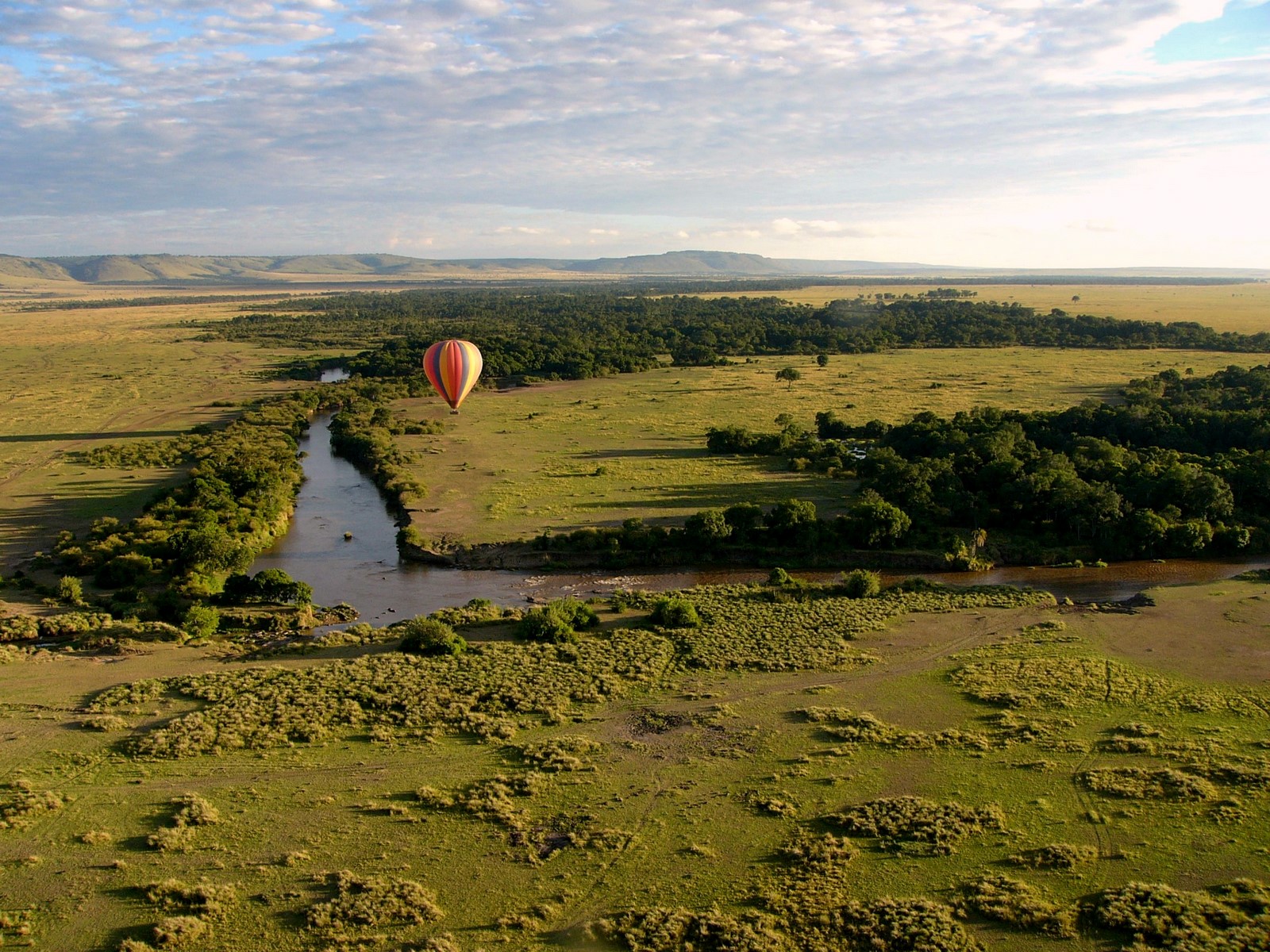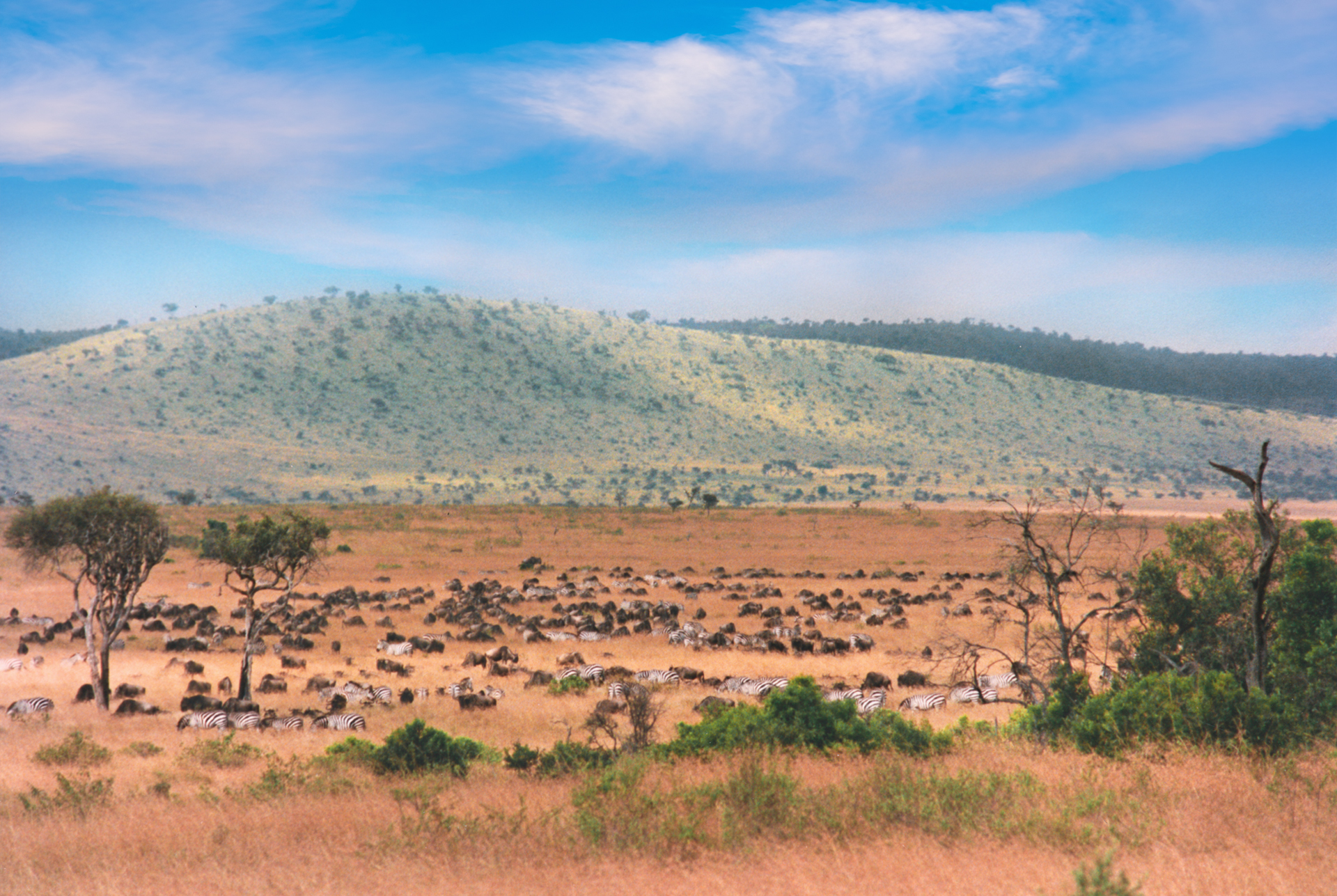Integration Of Maasais Into Modern Society
Kenya is not only an iconic African safari destination but also home to the Maasai tribe. Maasais are unique, popular and the most famous African tribes. It is one of the biggest tourist attractions in Kenya due to their distinctive dress, unique customs, long preserved culture as well as tall and fierce warriors. Maasai people are an indigenous ethnic group and semi-nomadic cattle-herders who live in the game parks of northern Tanzania and in the Maasai Mara Reserve in southern Kenya along the semi-arid and arid lands of Great rift valley.
Enchanting Maasai Mara
Maasai Mara got its name from Maasais and the Mara River. Mara means spotted in Maa, the Maasai language. They call it spotted because animals, cloud shadows, and widely spaced thorn trees dot the grasslands. Maasai Mara is a wildlife sanctuary covering 1,510 sq.km that belongs to the Maasai people. The government of Kenya established it in 1961 to protect the wildlife from hunters. It has one of the highest density of lions in the world. Leopards and cheetahs are in abundance too.
Population of Maasais
The Maasai population is around half a million. But many Maasais doubt this. They see the census as government meddling. Thus, they often miscount their numbers. In Kenya, they represent around 0.7% of the population. Tanzania do not segregate the ethnic groups in their census. So, it is difficult to estimate their numbers there.
Change is coming
Since the second half of the 20th century the richness of Maasai culture has been eroding rapidly. Many factors have contributed to this erosion but government intervention and Western influences have been the main culprits. The net results have been positive and negative, depending on each one’s perspective. But the effects have inculcated an entrepreneurial spirit, afforded them a decent status in the society, and transformed them from nomads to urban dwellers. Today, Maasais have adapted uniquely, integrating modernity with their ancient system.
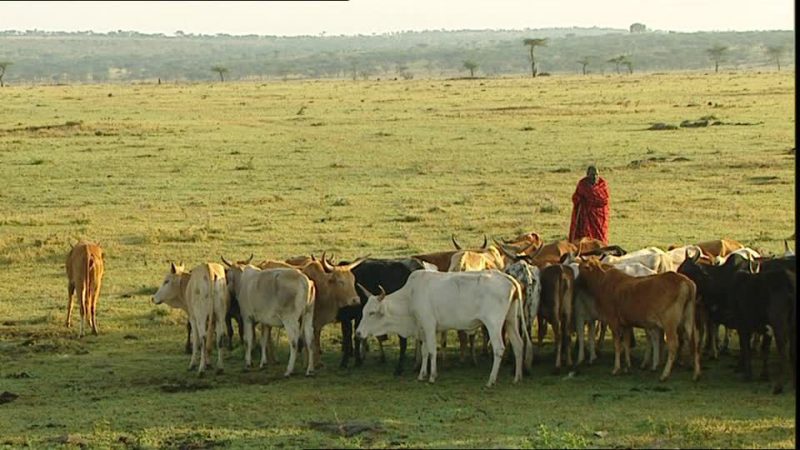
The nomadic lifestyle of Maasais is beginning to change because the governments of Tanzania and Kenya have made new wildlife parks and reserves where they used to live Source Credit: Amara Conservation
Integration into modernity
The nomadic lifestyle of Maasais is beginning to change because the governments of Tanzania and Kenya have made new wildlife parks and reserves where they used to live. So, the land where they live shrinks. And the government prohibits them from accessing resources or grazing their livestock in the reserves and parks. Demand for grazing and pasturing rights to several of the National Reserves in both Tanzania and Kenya have been declined. There are also projects to encourage Maasais to integrate into modern civilization and abandon their traditional lifestyle. Hence, their nomadic lifestyle is gradually giving way to urban ways. For example, more start to build permanent homes. They have grown dependent on other food products such as cabbage, potatoes, rice, maize meal, etc. The use of cattle blood in daily diet is also waning because of the reduction of livestock numbers.
Commercialisation of land
Private ownership was a foreign concept to the Maasais until the 1980s when the the government forced on them a program of commercializing land. Since then, the authorities subdivided their land into ranches and plots and sold to private developers. Sure, this system has polarized the tribe but many have become extremely wealthy at the expense of others due to the sale of their plots to commercial developers.
Cultivation for subsistence
Traditional Maasais frown upon crop cultivation. They believe that it is a sin against nature because cultivated land is no longer suitable for cattle grazing. But Maasais who live near crop farmers find that their plot sizes are not large enough anymore to accommodate livestock. Thus, they are forced to engage in cultivation as their secondary mode of subsistence.
Economy with outsiders
Maasais sell or exchange their livestock products outside the Maasai community for beads, clothing, grains, uniform and school fees. With the Group Ranch project of the 1980s it is now common to see Maasai men and women in major cities and towns of Kenya selling cell phones, charcoal and grain among other items. Maasais have now become much more entrenched in modern market economy.
Education of children
Over the years, the government has introduced projects and programs to help Maasai tribal leaders preserve their traditions while balancing the education needs of their children and prepare them for the modern world. With the arrival of formal schooling, herding of livestock has become the parents’ responsibility.
Positions of authority
Many Maasais have moved from their homeland to responsible positions in the society. Because of the erosion of Maasai lifestyle brought on by Western civilization, it is not uncommon to see many Maasais live in stationary shelters in the cities, work in farming, business, and even in the public sectors. Many work in the tourism sectors where they exhibit their culture to visiting tourists. Some are well educated and speak Swahili and even English.

Maasais have now become much more entrenched in modern market economy. Many Maasais have moved from their homeland to responsible positions in the society. Source Credit: CNN
Government imposes policy
Maasais, who once had a long tradition of pride, are now facing many political and socio-economic challenges. Many of them live in inconceivable poverty and rely on relief food. Customs, activities, rituals and cattle raiding have been outlawed. Maasai leadership is losing its power because of imposed foreign concepts of development by the western front. Government policies have made Maasai way of life increasingly difficult. At this point, the sustainability of their way of living is uncertain. Although Maasai culture is transforming, its beliefs and values remain strong. Maasais who lead urbanized lifestyle happily head homewards in designer clothes, only to emerge from the Maasailand wearing their shuka and cowhide sandals. And despite education, civilisation and western influences, some stubbornly cling to nomadic pastoralism and continue to honour their culture, traditions and history.
5 Frequently Asked Questions About The Maasai Tribe Today
To book a safari in Maasai Mara, please fill out the following form or simply email us on safaris@safari-center.com

